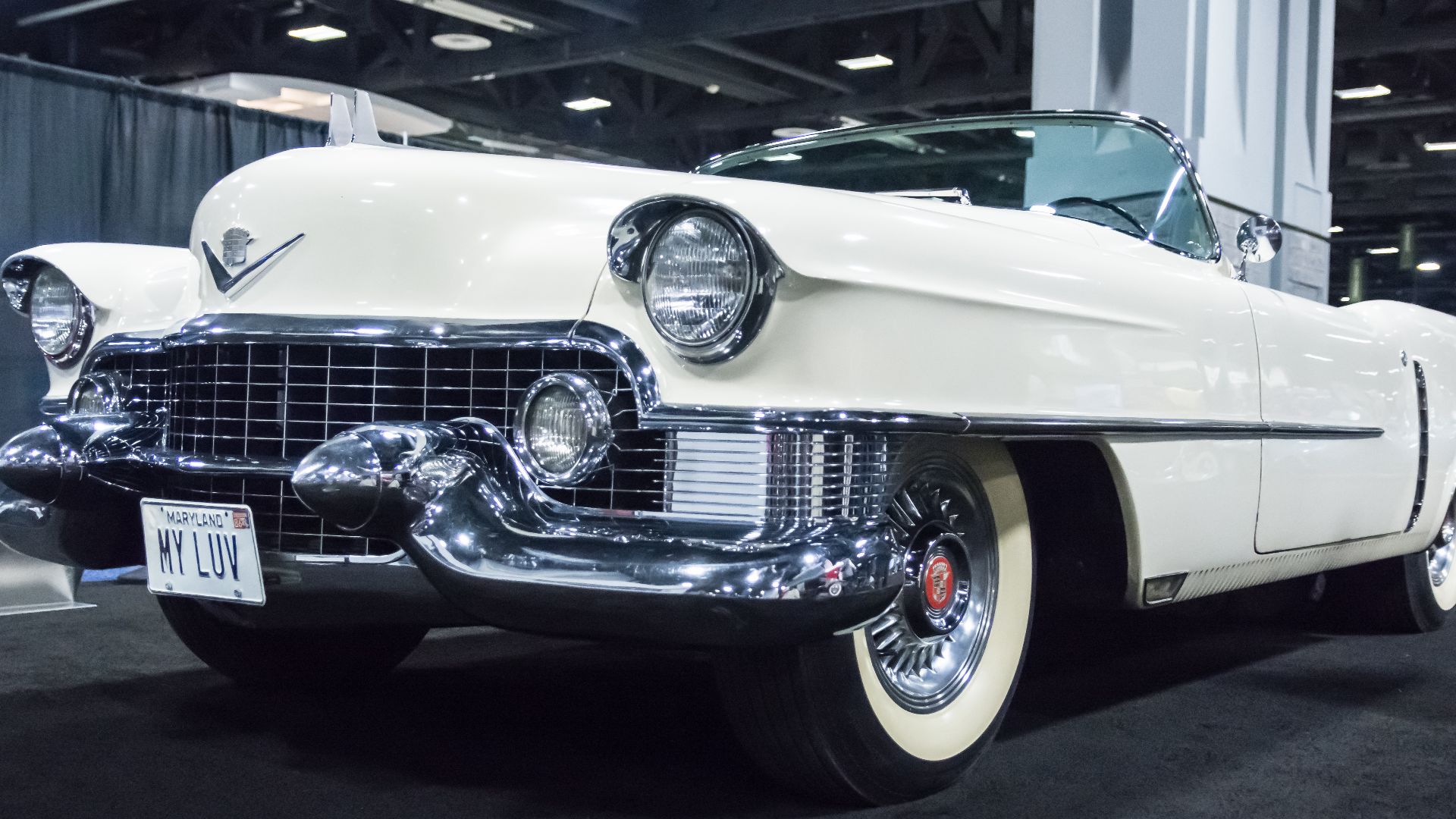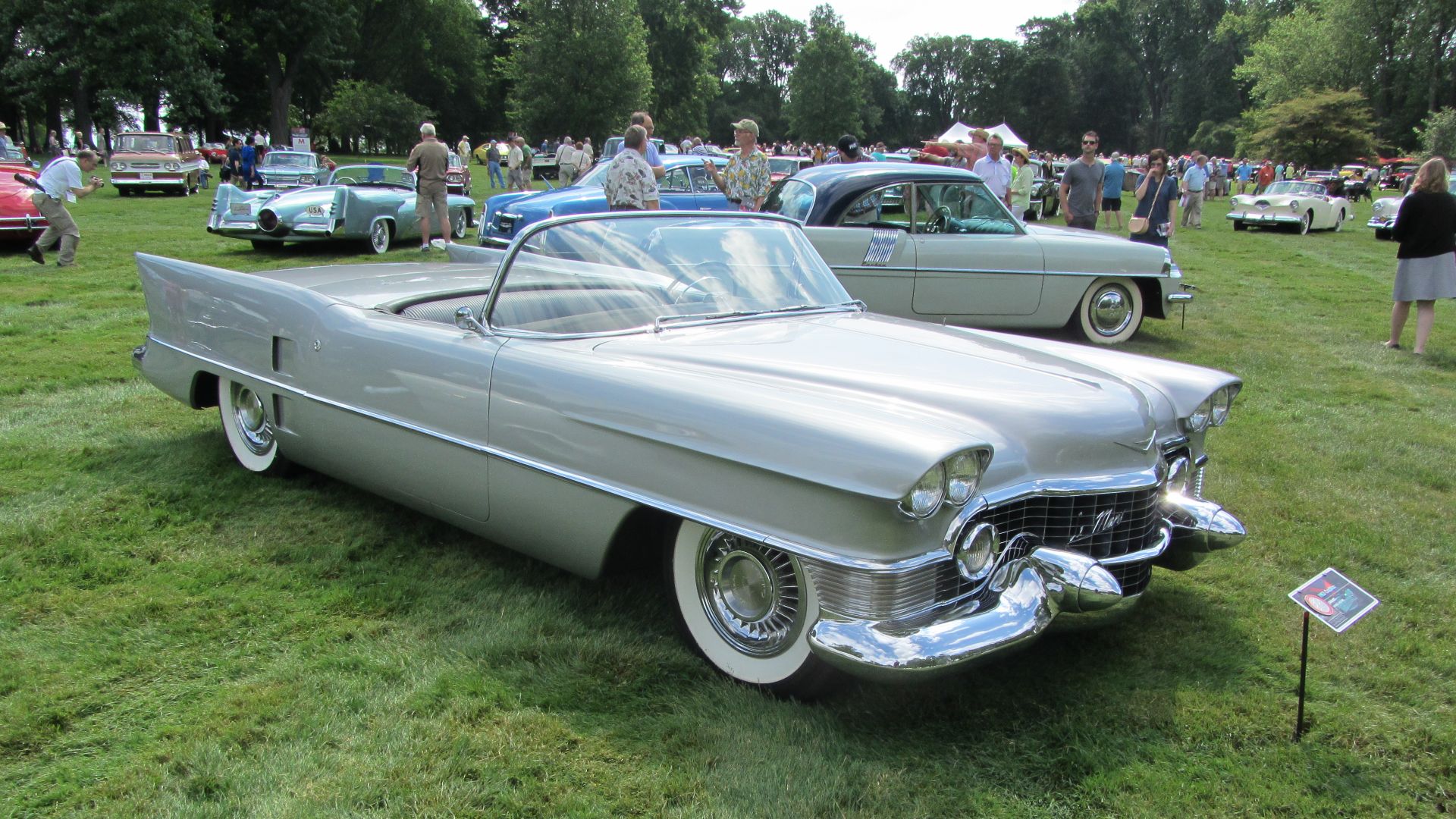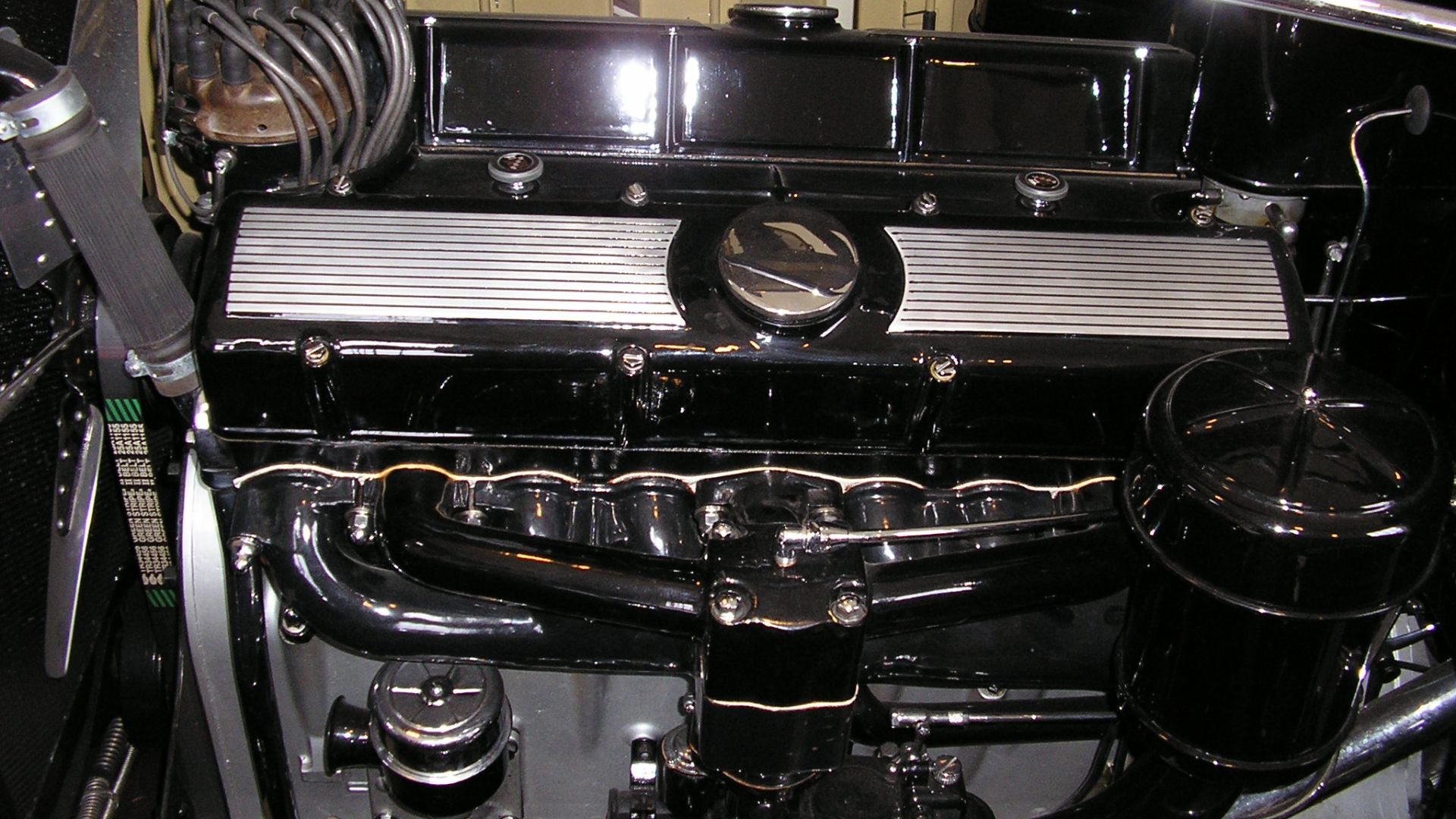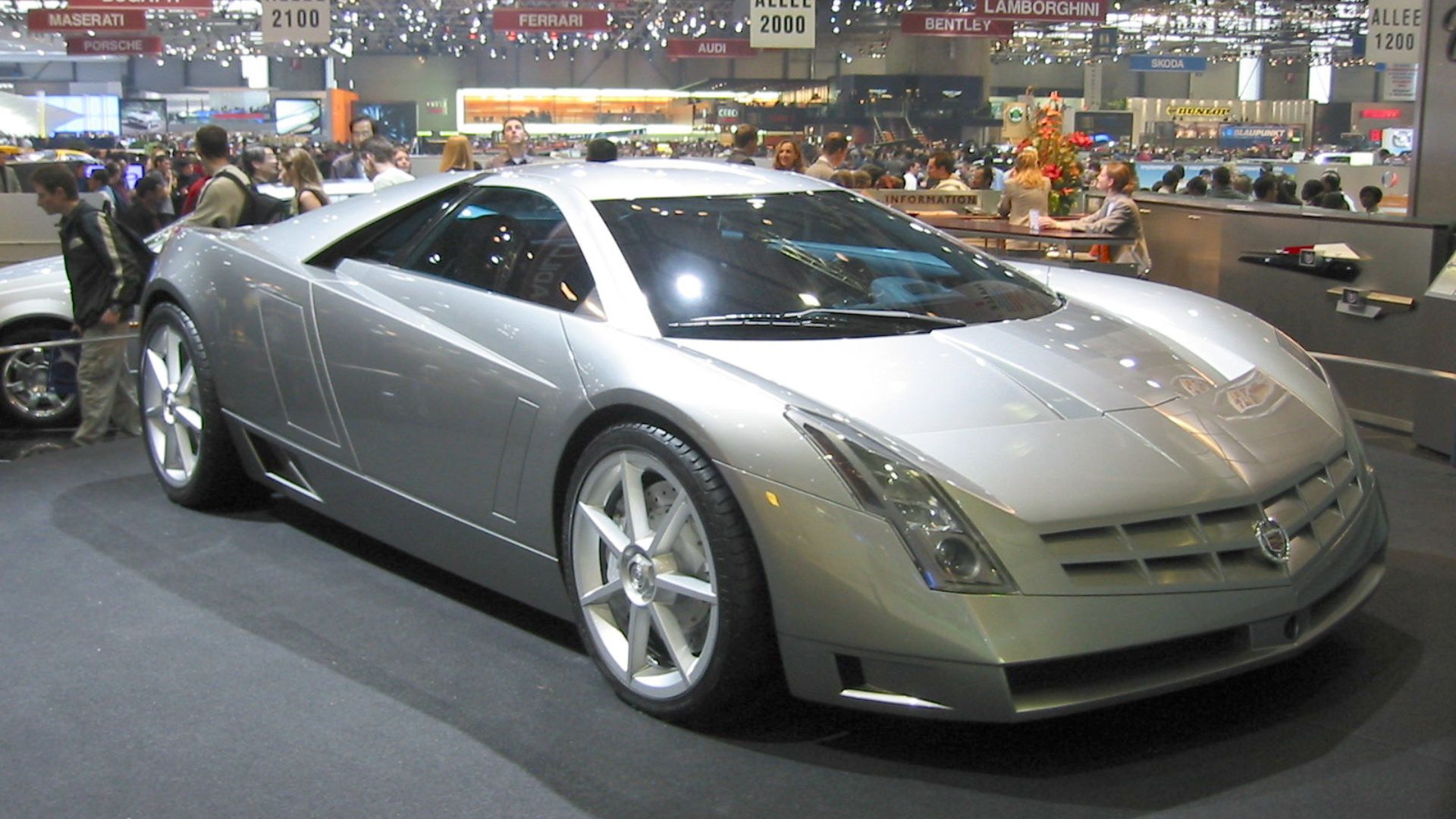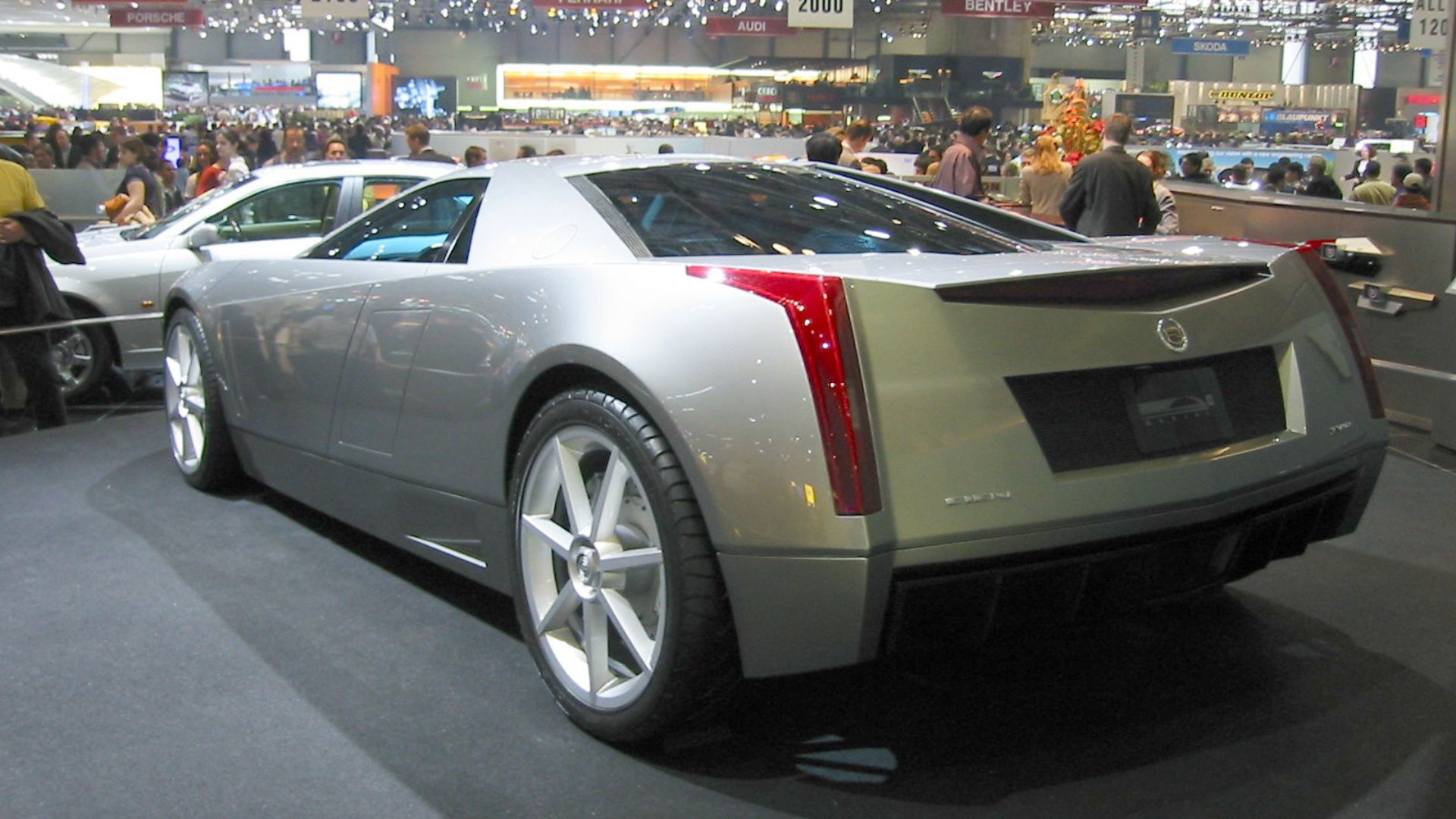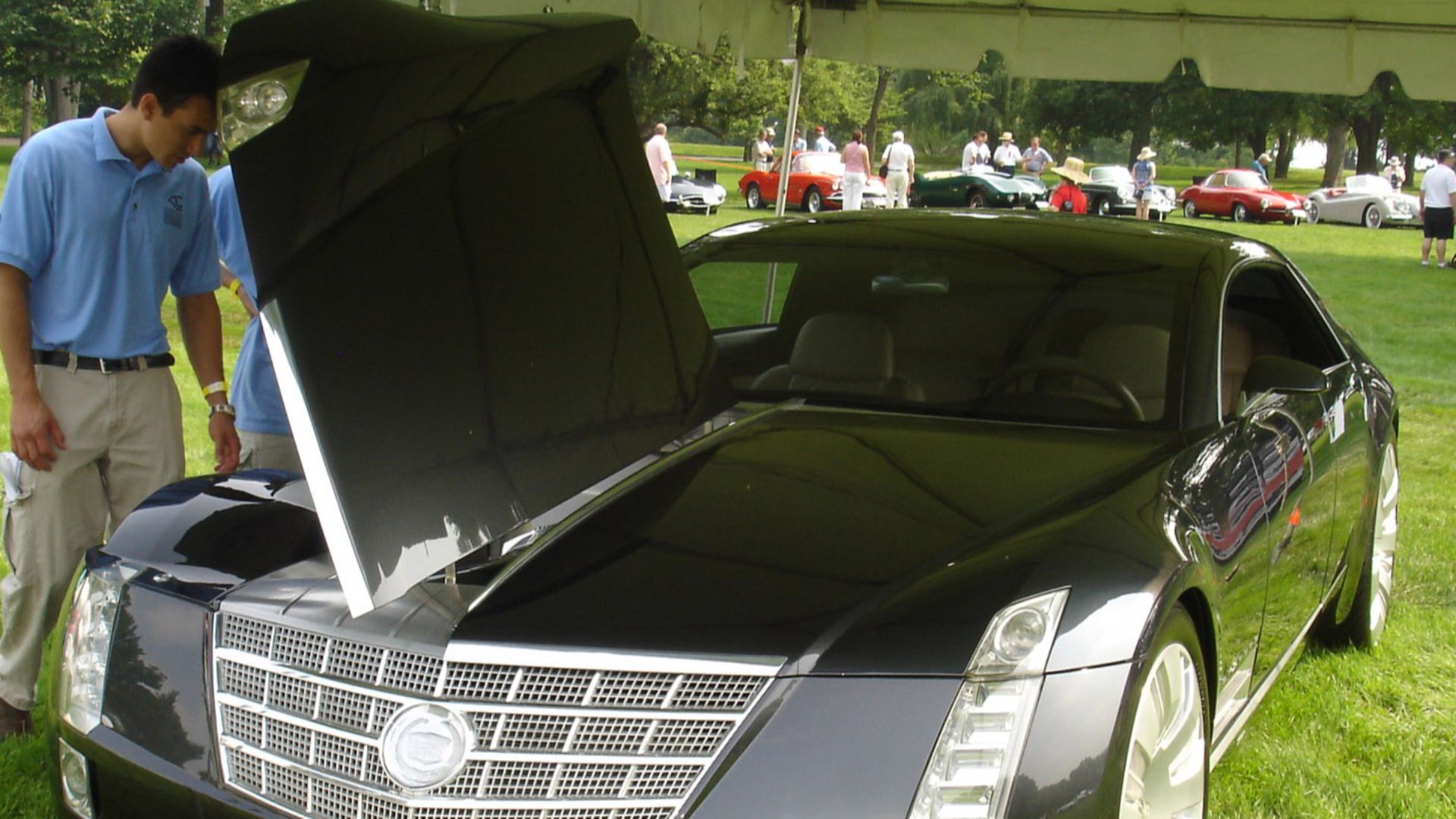What Could Have Been
Cadillac designers dreamed big and made machines that pushed the boundaries of style and technology. However, corporate bean counters and practical manufacturing concerns stopped them from entering the street. Here’s a peek behind the curtain.
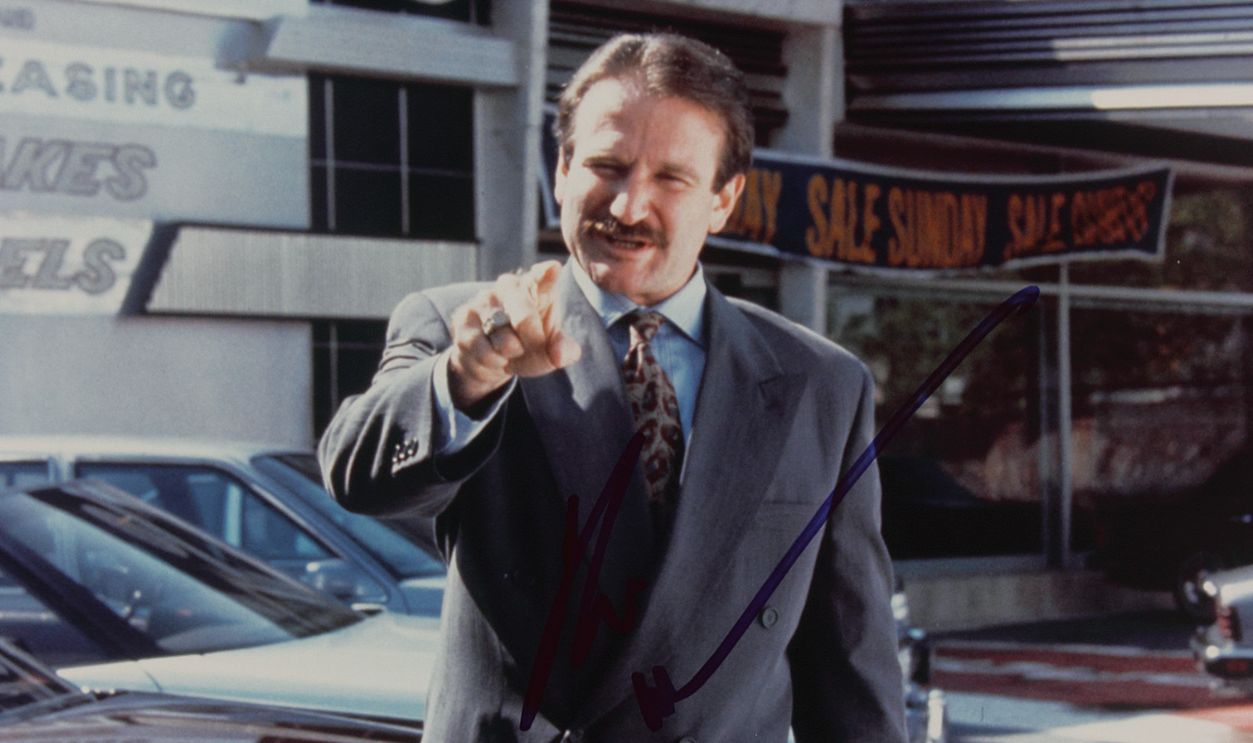
Le Mans (1953)
The Motorama show circuit of the early 1950s introduced Americans to some of GM's most forward-thinking designs, with the Cadillac Le Mans being among the most memorable. This roadster represented Cadillac's vision of an American sports car that could compete with European racing machines.
Le Mans (1953) (Cont.)
Four examples were made for car shows, showcasing some jet-age vibes. The Le Mans had a 115-inch wheelbase and was powered by a special high-compression Cadillac V8. It displayed a wraparound windshield, wire wheels, and dual exhausts built right into the rear bumper.
La Espada (1954)
The knife-like styling of La Espada (Spanish for "The Sword") perfectly matched its name. Unlike many Cadillac dream cars, which focused on luxury over performance, this one explored the brand's potential in the grand touring segment. The La Espada was built with a fiberglass body.
La Espada (1954) (Cont.)
As a fully functional show car, it came with a long hood, a short deck, and razor-sharp lines that would influence Cadillac's styling direction for years to come. The automobile featured tall tailfins, which were a precursor to the fins seen on later Cadillac models.
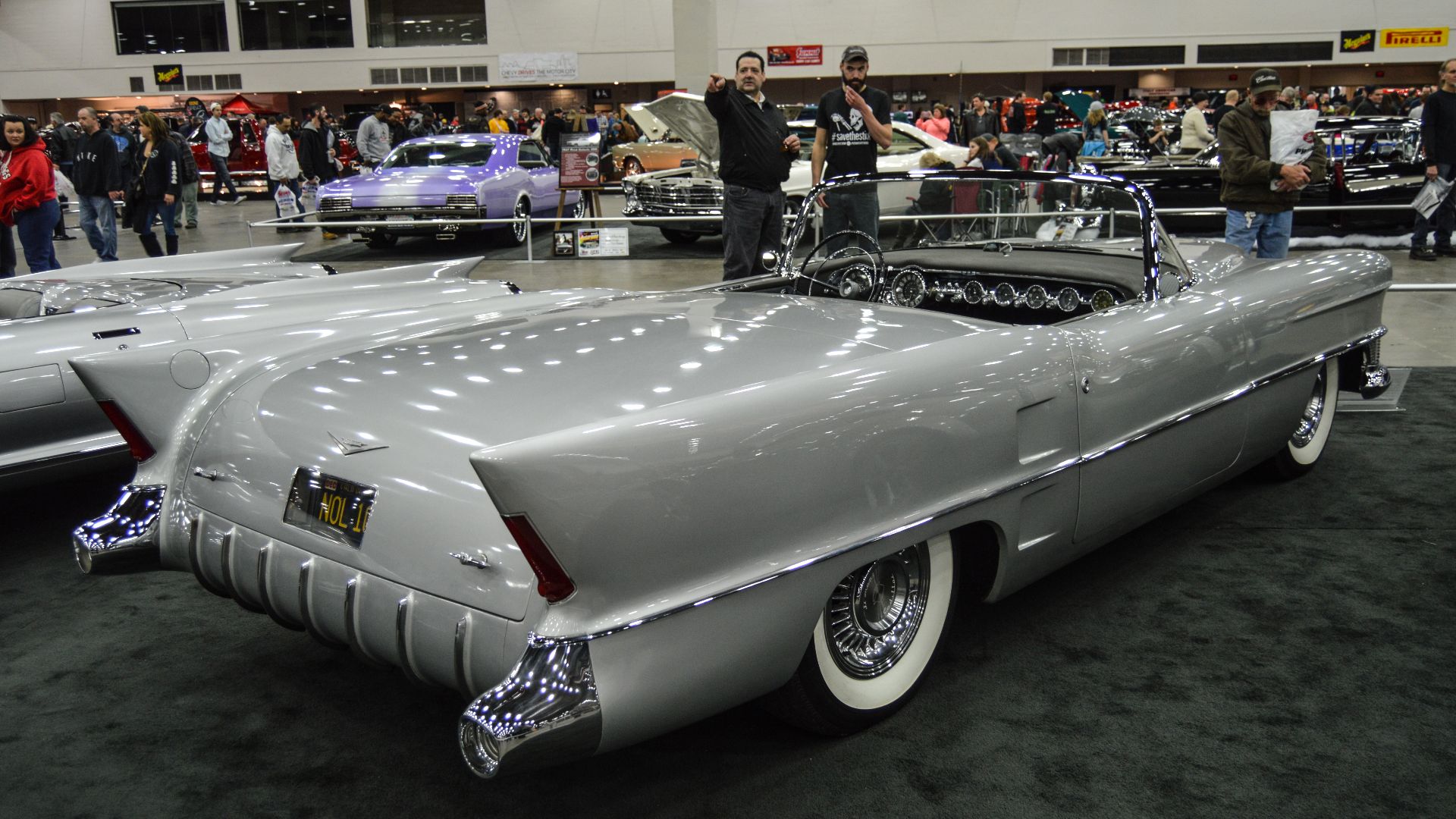 Yahya S. from United States, Wikimedia Commons
Yahya S. from United States, Wikimedia Commons
La Espada (1954) (Cont.)
Bucket seats, a center console, a horseshoe-shaped instrument cluster, and a dash-mounted rearview mirror—which was later seen in the Eldorado Brougham prototypes—were all part of the cockpit. The car was finished in Apollo Gold, complemented by a black leather interior.
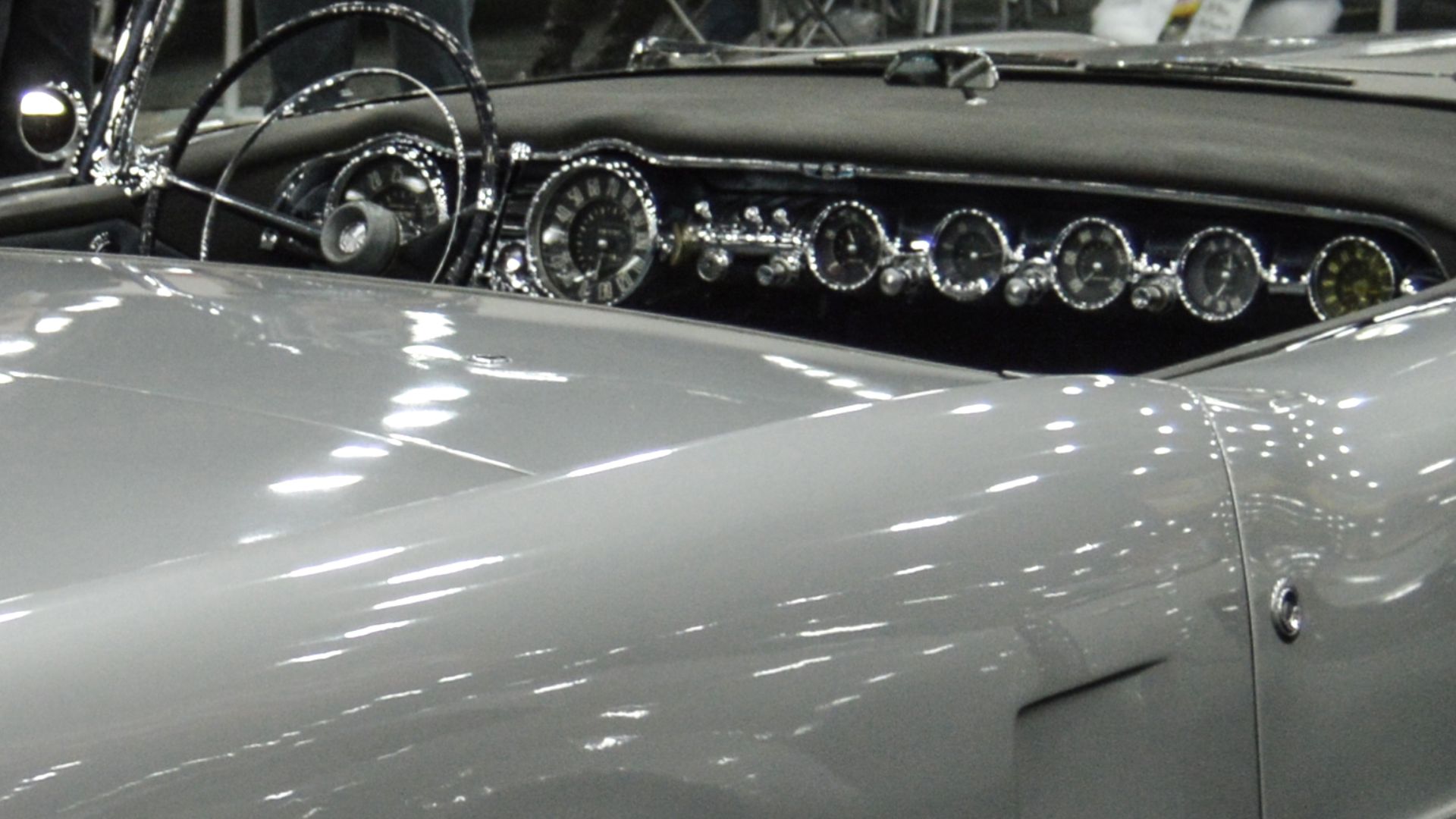 Yahya S. from United States, Wikimedia Commons
Yahya S. from United States, Wikimedia Commons
LaSalle II Roadster (1955)
The 1955 LaSalle II Roadster was a concept car created by Buck Rogers, with Harley Earl leading the design at General Motors. This drive was part of a push to bring back the LaSalle brand, which had gone away in 1941.
 1955 LaSalle Roadster In Motion by Bortz Auto Collection (Office)
1955 LaSalle Roadster In Motion by Bortz Auto Collection (Office)
LaSalle II Roadster (1955) (Cont.)
It was super compact, measuring 99.9 inches for the wheelbase and just 151.7 inches long. It stood at only 42.8 inches tall. The car also had a mock-up of a V6 engine, complete with a valve train and dual overhead camshafts.
 Amelia Island 2013: 1955 LaSalle II - Jay Leno's Garage by Jay Leno's Garage
Amelia Island 2013: 1955 LaSalle II - Jay Leno's Garage by Jay Leno's Garage
LaSalle II Roadster (1955) (Cont.)
However, the engine wasn’t actually functional. The LaSalle II Roadster was showcased at the 1955 GM Motorama alongside a four-door hardtop sedan. Both cars were attempts to revive the LaSalle nameplate, but they were never intended for production.
Cyclone (1959)
One of Harley Earl's final designs as vice president of design at General Motors was the 1959 Cadillac Cyclone, a concept vehicle. This car was influenced by aviation and rocket designs of the 1950s, featuring a bubble-top canopy and large tailfins reminiscent of jet aircraft.
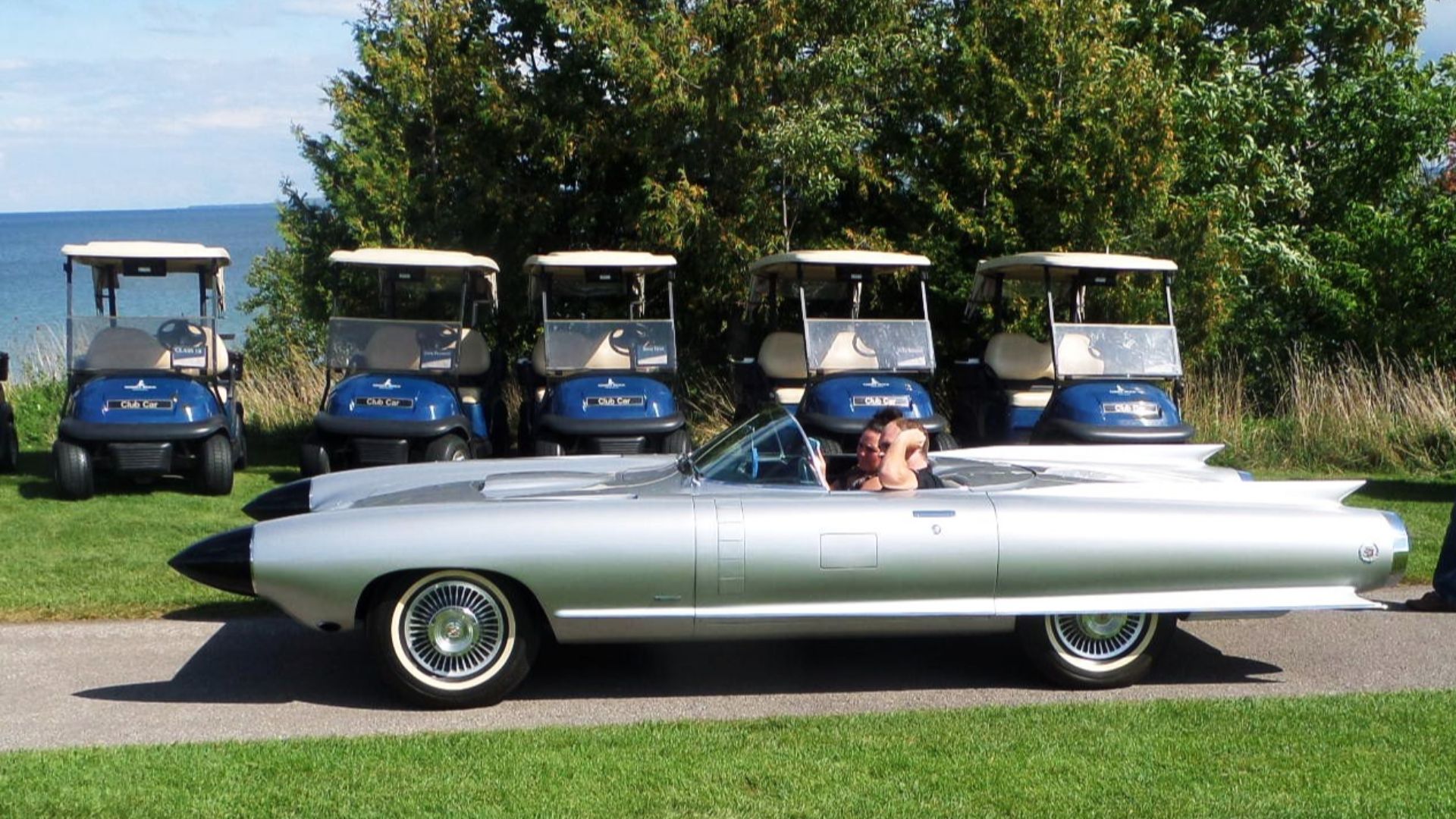 Tino Rossini from Toronto, Canada, Wikimedia Commons
Tino Rossini from Toronto, Canada, Wikimedia Commons
Cyclone (1959) (Cont.)
It was powered by a 390 cubic-inch V8 engine, producing around 325 horsepower. The engine exhaust was uniquely positioned ahead of the front wheels. It also included a radar-operated collision avoidance system with sensors mounted in twin nose cones on the front of the car.
 mashleymorgan from Alameda, Wikimedia Commons
mashleymorgan from Alameda, Wikimedia Commons
Cyclone (1959) (Cont.)
The car had a one-piece clear canopy coated with vaporized silver for UV protection. Presented at the 1959 Daytona Speedway as a "laboratory on wheels" to display future automotive advancements, the Cyclone is now a member of the GM Heritage Collection.
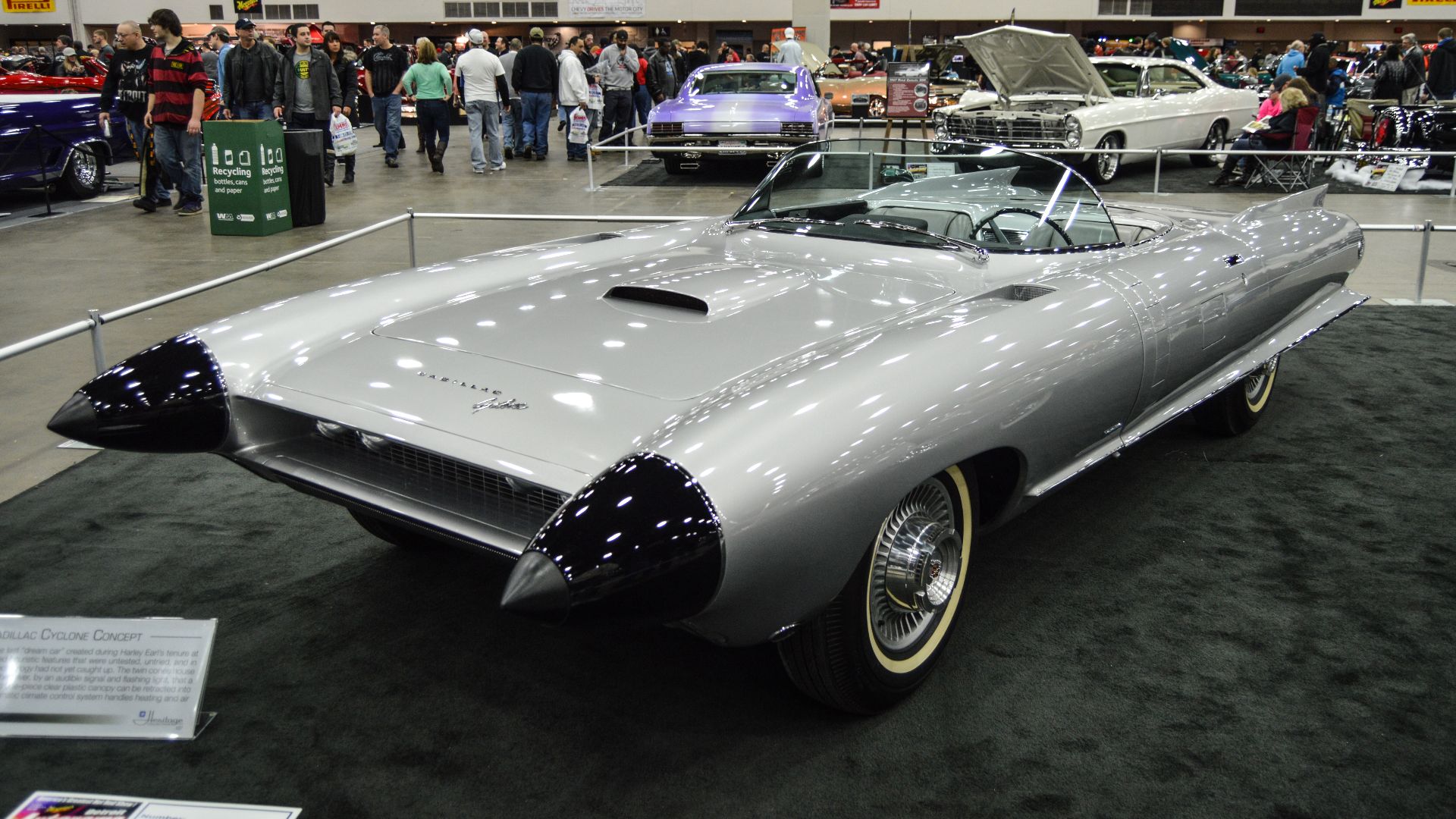 Yahya S. from United States, Wikimedia Commons
Yahya S. from United States, Wikimedia Commons
Jacqueline Brougham Coupe (1961)
Titled in honor of First Lady Jacqueline Kennedy, the Jacqueline Brougham Coupe highlighted the brand’s exploration of European-influenced sophistication during the early 1960s. Italian coachbuilder Pininfarina crafted this piece on a Cadillac Eldorado chassis, showcasing cleaner and more restrained styling than usual.
 Presentation Cadillac Jacqueline (1961) by YCM AUTO
Presentation Cadillac Jacqueline (1961) by YCM AUTO
Jacqueline Brougham Coupe (1961) (Cont.)
Although the concept generated significant interest when displayed, changing market conditions and manufacturing challenges prevented it from reaching production. It was officially released at the 1961 Paris Auto Show and was a show glider with a hand-formed steel body.
 Presentation Cadillac Jacqueline (1961) by YCM AUTO
Presentation Cadillac Jacqueline (1961) by YCM AUTO
NART Zagato (1970)
Legendary Ferrari importer Luigi Chinetti's North American Racing Team (NART) commissioned Zagato to build this one-off based on a Cadillac Eldorado chassis. The NART Zagato had a mid-mounted engine, which was a departure from the usual front-engine layout of most Cadillacs.
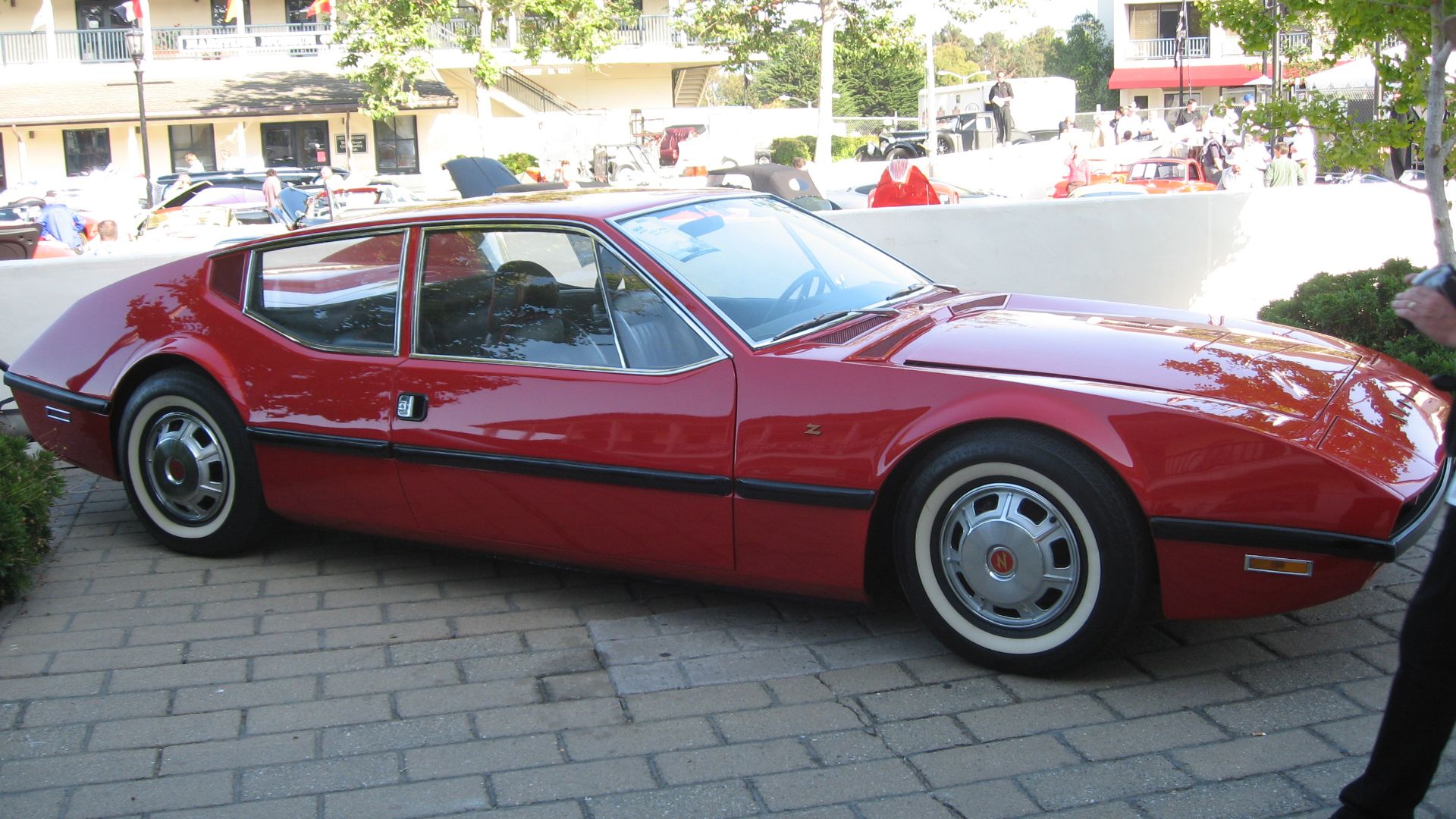 Simon Davison from Los Gatos, United States, Wikimedia Commons
Simon Davison from Los Gatos, United States, Wikimedia Commons
NART Zagato (1970) (Cont.)
Zagato's distinctive layout language transformed Eldorado's underpinnings with its trademark "double bubble" roof and clean surfacing. Despite the drive's lower, sportier roofline, the front-wheel-drive Eldorado platform offered excellent interior space. It was also equipped with four-disc brakes, ensuring strong stopping power.
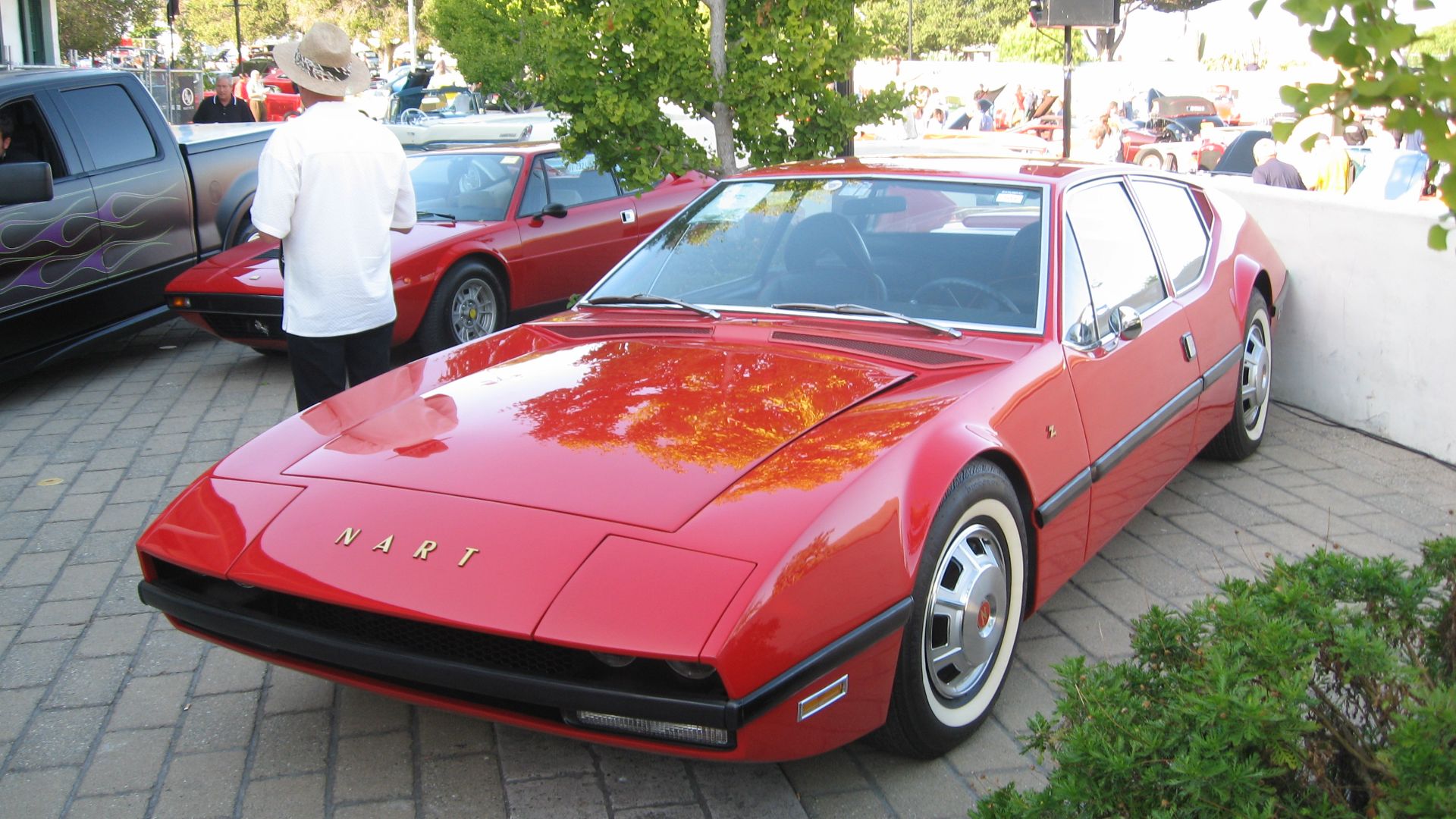 Simon Davison from Los Gatos, United States, Wikimedia Commons
Simon Davison from Los Gatos, United States, Wikimedia Commons
Voyage (1988)
With its drag coefficient of 0.28 for its size, the Voyage's design was based on movable front wheel skirts to improve airflow and reduce drag during turns. The upper greenhouse was a single piece of tinted glass that provided visibility from the base of the windshield.
Voyage (1988) (Cont.)
Under the direction of Vice President of Design Chuck Jordan, General Motors developed the 1988 Cadillac Voyage, which debuted at the 1988 New York Auto Show. The Voyage was powered by a high-tech V8 engine capable of delivering nearly twice the horsepower of the standard V8 engines.
Solitaire (1989)
The Solitaire was basically a two-door version of the Voyage, decked out in a rich maroon color and possessing similar design elements like movable front and back fender skirts. It was powered by a dual-overhead-cam, 48-valve V-12 engine crafted in conjunction with Lotus.
Solitaire (1989) (Cont.)
This engine generated around 430 horsepower (436 hp in some specifications) and 470 pounds-feet of torque (638 Nm). Additionally, the Solitaire had an all-red leather interior, green digital gauges, and advanced elements like keyless entry, automatic dimming mirrors, and a rearview video camera system.
Cien (2002)
In honor of Cadillac's 100th anniversary, the 2002 Cadillac Cien was a high-performance concept automobile that was made public during the 2002 Detroit Auto Show. In Spanish, "Cien" means "one hundred," signifying this occasion. The Cien's structure was inspired by the F-22 Raptor Stealth Fighter Jet.
Cien (2002) (Cont.)
The car had a lightweight and stiff carbon fiber monocoque chassis. It was powered by a 7.5-liter, 60-degree V12 engine producing 750 horsepower and 650 lb-ft of torque. The engine held advanced technologies like direct injection and GM's Displacement on Demand system.
Cien (2002) (Cont.)
Initially, there were plans to put it into production, but these were ultimately canceled due to high development costs and the expected selling price of around $200,000. However, this beast has appeared in several video games and films, including The Island in 2005.
 2002 Cadillac Cien (Concept car) - Test Drive Unlimited by DokeaN
2002 Cadillac Cien (Concept car) - Test Drive Unlimited by DokeaN
Sixteen (2003)
This huge 19-foot sedan was named after its gigantic 13.6-liter V16 engine—something Cadillac hadn’t made since the famous Series 452 back in the 1930s. Bob Lutz designed the Sixteen as a bold statement to put Cadillac back at the top of the luxury car game.
Sixteen (2003) (Cont.)
Hand-woven silk rugs, hand-stitched Tuscany leather, and a personalized Bulgari clock on the dashboard were all present on the inside. Additionally, it included the fifth-generation OnStar system, a DVD entertainment system, and a Bose sound system. The Cadillac Sixteen was a tribute to the original Cadillac V16.
 Joe Ross from Lansing, Michigan, Wikimedia Commons
Joe Ross from Lansing, Michigan, Wikimedia Commons


